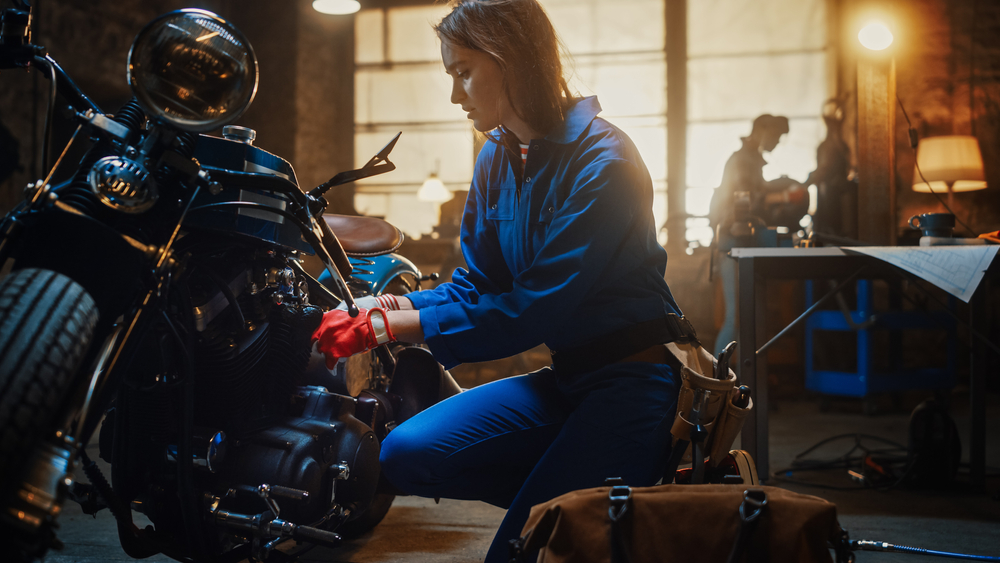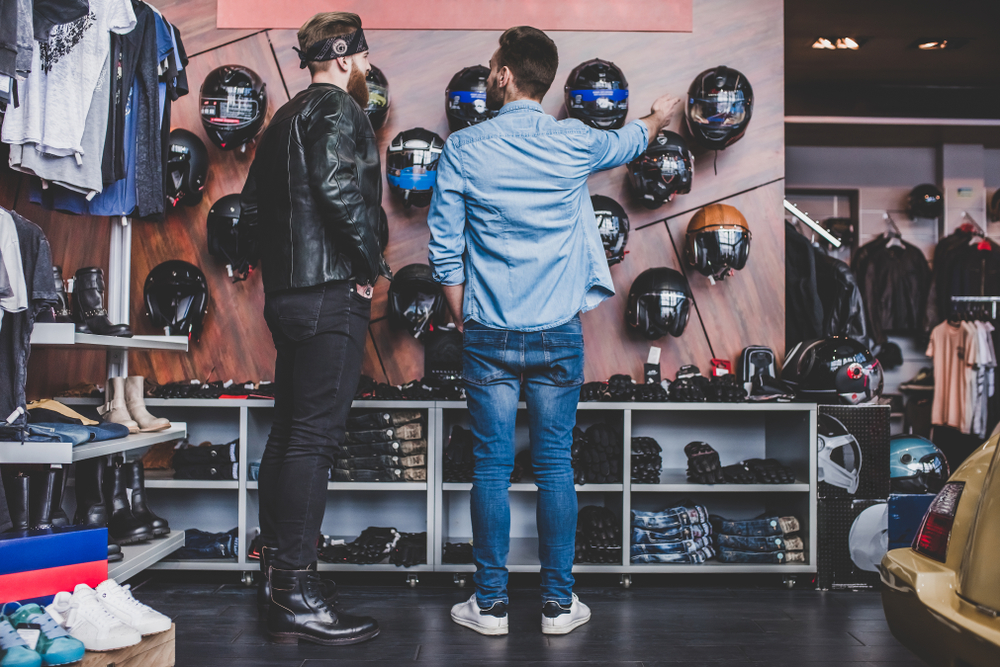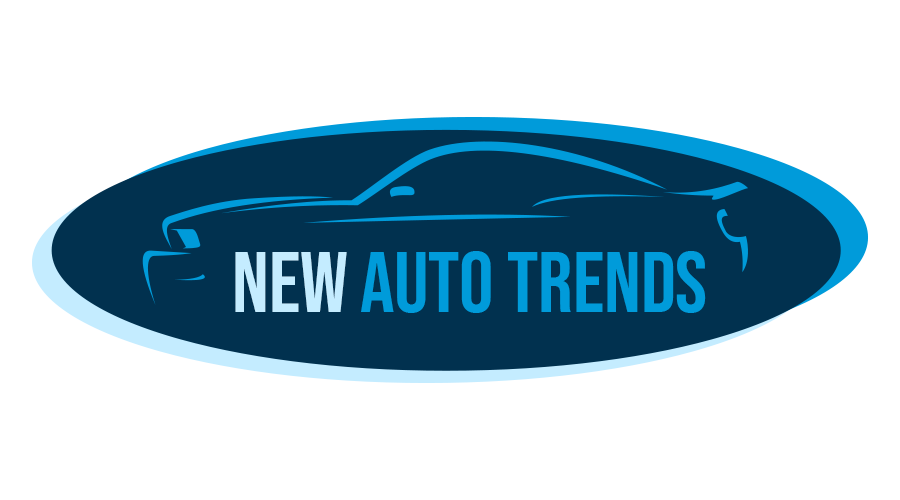What to Know Before Buying a Motorcycle

The number of motorcycles in the U.S. has more than doubled — from 4.3 million in 2002 to 8.8 million in 2023. Their cool factor isn’t the only factor driving sales. Motorcycles consume, on average, half as much fuel as cars. They also fit into places where other vehicles can’t. If you’re ready to ride on two wheels, learn how buying your first motorcycle will affect your lifestyle and what you need to prepare.
The Cost of Your Initial Investment
Your first step is setting a budget. Models range from $5,000 to $10,000 for beginners to over $30,000 for dedicated pros. When determining your price point, consider how often you’ll ride. If you plan to use it as your main form of transportation, spend money on a new make/model that will last you years.
The majority of states require the rider to wear a helmet, which significantly reduces the risk of head injury. Include safety gear in your budget. A vented, full-face helmet will also keep you cool in hot weather and reduce the glare. Wear goggles with a half-face helmet to protect your eyes.
You’ll want a smartphone or GPS mount to see the route. Pair your helmet with a motorcycle Bluetooth headset to connect to your phone or GPS wirelessly so you don’t have to take your hands off the handlebars. Some headsets sync automatically with up to 14 other riders for effortless communication on group rides.
Attach 45mm JBL speakers to listen to music, podcasts and directions on your commute. You can use voice commands to change stations and switch apps to minimize distractions on the road.
Your wardrobe may also need an upgrade. Wear thick outer layers, such as quality jeans, a stiff leather or pleather jacket, gloves, and boots. Invest in moisture-wicking underlayers that dry quickly and waterproof gear for driving in the rain.
Don’t forget to get a lock when parking in the city or leaving your bike in public and a travel bag or storage container for transporting supplies. If you can’t bring your motorcycle indoors, you’ll also need a cover to protect it from the rain and snow.

Monthly Cost of Ownership
Keep your calculator handy. Once you have an initial figure in mind, approximate how much it’ll cost to drive the bike. Expect to take it to the shop once every 3,000 to 5,000 miles for a tune-up. You can also save money by learning how to maintain the bike yourself. With a little research, you can refill the oil and coolant, lubricate your chain, replace your filters and top off your air pressure. Perform tasks at the recommended intervals to prevent extensive repairs. Estimate the cost of fuel based on your expected mileage.
An insurance policy will also cost several hundred dollars a year, assuming you have a good driving record. Shop around for the lowest price without sacrificing coverage.
Size and Fit
Motorcycle sizes are rated by cubic centimeters — from several hundred to 1,500cc. Larger engines over 1,000cc consume more fuel and produce more power, but they can be harder to master. Smaller engines under 500cc can be great for everyday commuting and light touring but lacking for long-distance rides.
Most novices prefer a standard upright seating position rather than leaning over the bike. If you have a motorcycle license, take it for a test drive to gauge your comfort level. Use your core to stay balanced and keep your back straight to reduce fatigue.
Finding the right size can take trial and error. Buy from a dealer that will let you return the bike after a few days or weeks to avoid making the wrong choice.

Licensing and Registration
You’ll need to apply for a license with your state’s Department of Motor Vehicles. Many offices recommend at least 30 hours of practice before taking the test. If you’re under 18, you’ll need to use a permit for six months before getting your full license. Register your bike with the DMV using the title.
Take a beginner’s course to get your 30 hours of practice in before investing in a bike. This will help you make an informed decision based on your riding style.
Hitting the Road
Before you head out, pack a travel pouch to prepare for every possibility. You’ll need lean snacks high in protein to keep your energy up (riding at a moderate speed burns anywhere from 200 to 300 calories an hour), water to stay hydrated, a patch kit for fixing flats and first aid supplies for treating minor cuts and bruises. Keep your user manual, emergency contacts and the number of a local mechanic on your person to get help should disaster strike. Consider downloading a motorcycle navigation app that includes route planning and the ability to connect with your riding pack and motorcycle community. This helps provide an extra layer of preparation and road safety.
Final Thoughts
Becoming a motorcycle rider is about so much more than buying a bike. You need the right accessories and high-quality safety gear to ride responsibly. Use these tips to get your new investment on the road as soon as possible.
